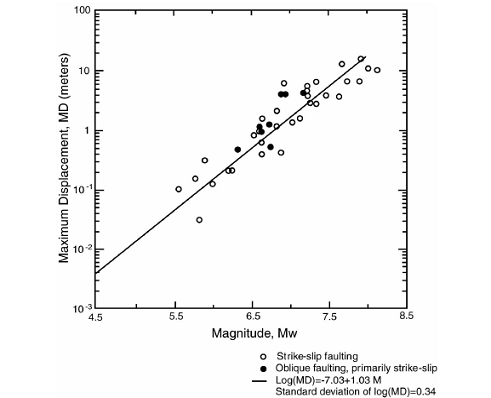Research scientist said the 8.8-magnitude earthquake was "the fifth largest event in modern seismology" and prior to the earthquake in February scientists had warned the Chilean government of the possiblilty of a large earhquake and tsunami several months before.
Dr Melnick said "Scientists met with authorities in Talcahuano several months before the earthquake," he told BBC News. "And they warned them that there was a possibility of an earthquake and of a big tsunami.
However the authorities did not take them seriously and believed if you forecast an earthquake people would begin to panic.
Exact forecast
Dr Melnick said that the latest study showed that the predictions were correct, and called February's disaster a "wake-up call" for the local authorities.
The team measured the coastal level changes right after the earthquake to calculate the size of the rupture and then determined how much "slip" was released during the shaking.
Slip is the displacement that results when the tectonic oceanic plate jumps back like a spring during an earthquake after years of compressing the continental plate.
Almost 500 people died during the last earthquake in Chile They found an average slip of 10m - very similar to the forecasted data of 11.9m.
Dr Melnick explained that to predict an earthquake's magnitude, seismologists multiply plate convergence rate by the number of years since the last great event.
*Prediction of magnitude= convergence rate x seismic gap(years since last great event)*
"There was an earthquake in south-central Chile in 1835 and it was well documented by FitzRoy and Darwin, [with the data of] land level changes and a tsunami that followed.
"So that means that if we know that a region has not experienced an earthquake in 175 years, then we can say that there is about 11m of slip ready to be released. This way you can estimate the magnitude. And that's very important to know to prepare for it," said Dr Melnick.
Slip displacement and magnitude
So for example if the expected slip movement is 10m this gives you an approximate earthquake magnitude of over 7.5
Using the same method, scientists determined another area that was "ready" for a potentially devastating shaking - northern Chile, close to the border with Peru.
"The region hasn't ruptured since 1877. We can estimate that it is ready for another magnitude 8 or 8.5 earthquake any day - it could happen tomorrow or it could happen in the years to come," he said.
Resource link @
http://www.bbc.co.uk/news/science-environment-10822259
http://www.fhwa.dot.gov/bridge/tunnel/pubs/nhi09010/13a.cfm



